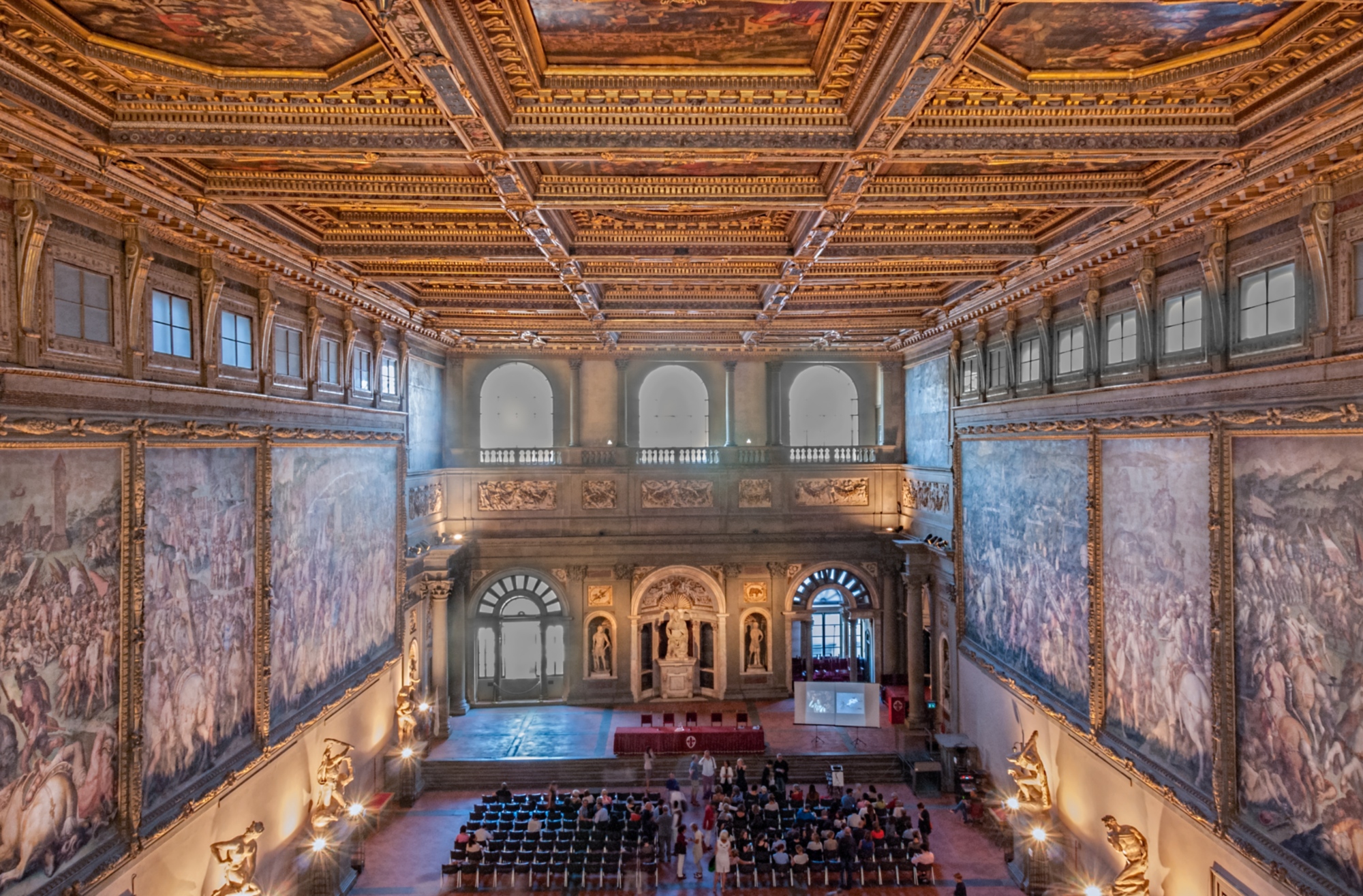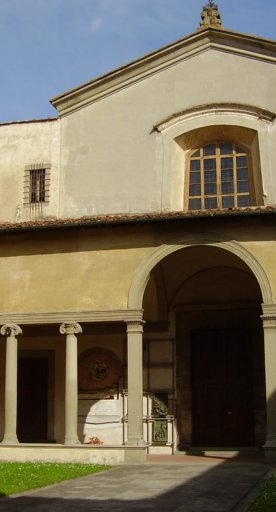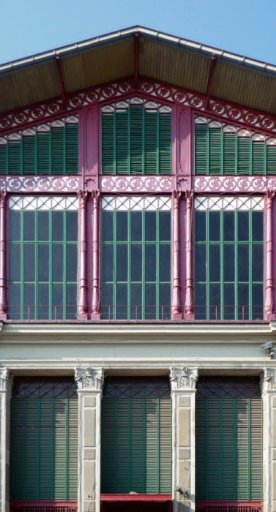Palazzo Vecchio in Florence
Seat of the city’s political power, it has stood in the historic center for seven centuries
Palazzo della Signoria in Florence, known as Palazzo Vecchio, has stood for over seven centuries in the heart of the city as a symbol of civic power.
Built between the end of the 13th century and early 14th century as the seat of the priori, the city’s government, the oldest part of the palace was designed by Arnolfo di Cambio (1245-1302), but over the centuries it underwent many renovations and today it is the headquarters of the City of Florence.
The palace temporarily hosted the family of Grand Duke Cosimo I de’ Medici from 1540 until they moved into their new residence in Palazzo Pitti: major transformations led by Vasari were made during those years, including the luxurious decoration of the interiors, which were renovated to suit the new needs of the government and to serve as the official lodging of the reigning dynasty, who took up residence in the so-called Monumental Apartments.


On the first floor, visitors will find the magnificent Hall of the 500, attributed to Cronaca (1495), which was used for meetings of the Grand Council according to the State reforms promoted by Girolamo Savonarola. The current appearance of the walls, originally frescoed by Michelangelo and Leonardo, dates to the massive decoration campaign executed by Vasari and his school. The Hall is also home to Michelangelo’s marble Genius of Victory.
In contrast with the grandiose aspect of the hall is the Studiolo of Francesco I, a gem of art and mannerist style, where the prince would retire to study and contemplate his treasures. A visit to the palace includes the rooms on the first floor, each one of which is dedicated to a member of the Medici family (Cosimo the Elder, Lorenzo, Leo X).
On the second floor, we find the Apartments of the Elements and the Apartments of Eleonora da Toldeo, wife of Cosimo I, where visitors can see the Grand Duchess’s small chapel, magnificently decorated by Bronzino. The large delegation rooms, the Audience Chamber and the Hall of Lilies come next, with richly detailed ceilings, decorations and doors from the 15th century. In the final part of the Monumental Apartments, visitors can admire the Loeser Collection, left to the City of Florence by the American art critic Charles Loeser, who died in 1928, comprising paintings and sculptures mostly of the Tuscan school and dating to the 13th-15th centuries, including works by Bronzino and Cellini.
Accessibility information: museicivicifiorentini.it










